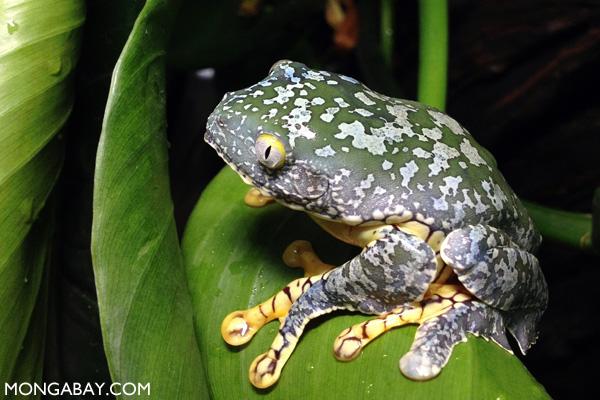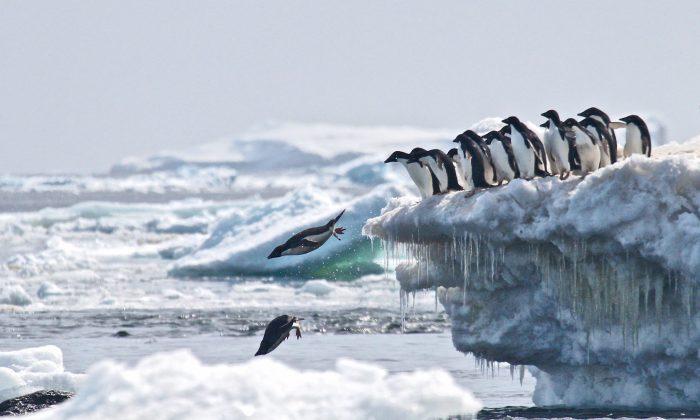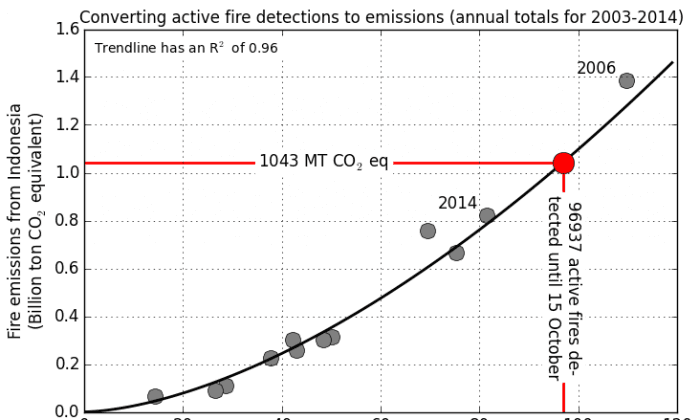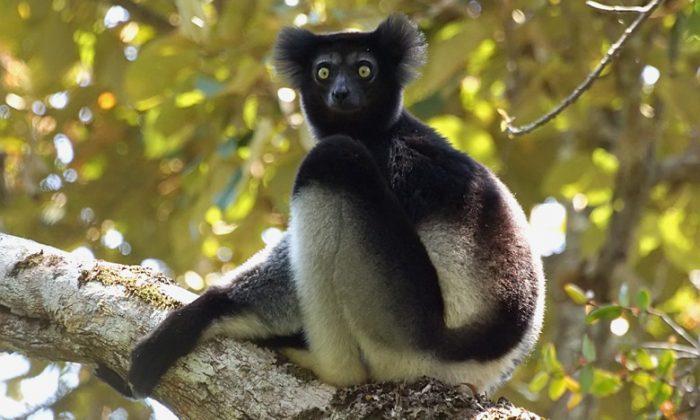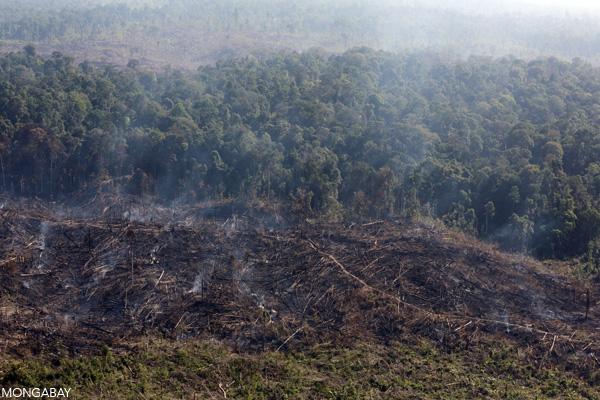Ecologists may be underestimating the impact of logging in old-growth tropical forests by failing to account for subtleties in how different animal groups respond to the intensity of timber extraction, argues a paper published today in the journal Current Biology.
The study, led by Zuzana Burivalova of ETH Zurich, is based on a meta-analysis of 48 studies that evaluated the impact of selective logging on mammals, birds, amphibians, and invertebrates in tropical forests. Burivalova, together with co-authors Cagan Sekercioglu and Lian Pin Koh, found that biodiversity is inversely proportional to logging intensity.
“We should think about logging as a land use gradient rather than a single form of land use,” Burivalova said during a talk last week at the annual meeting of the Association for Tropical Biology and Conservation (ATBC) in Cairns, Australia.
While the findings may seem intuitive, the study is the first to take a comprehensive look at the impacts of selective logging across animal groups and identify logging intensity as the most important factor in driving biodiversity loss. The researchers reached that conclusion after testing nearly three dozen other explantations, including proximity to roads, size of the area logged, distance to primary forest, and time since logging, among others.
“Selective logging has a smaller impact on tropical forest biodiversity than if we cut the forest down completely. This is part of the reason why many ecologists emphasize that selective logging is, at least on average, relatively benign,” Burivalova told Mongabay.com. “However, as we have shown in this study, depending on how heavily the forest is logged, the impacts of logging are anything from benign to catastrophic. This is something that became apparent only as enough individual studies on logging have accumulated.”
Previous research has generally concluded that selective logging has a limited impact because on average, selectively logged forests retain 99 percent species relative to old-growth forests. But that average number clouds the issue because it fails to account for changes within animal groups and the replacement of forest specialists by generalists.
For example, the number of birds in logged forests generally increases with logging intensity as gaps open up habitats for species that thrive in disturbed habitats and grasslands. But birds are the exception: mammals, amphibians, butterflies, dung beetles, and ants decline as more trees are removed from a forest.
“We found that mammals and amphibians are the most sensitive groups to selective logging in terms of the rate of decline in species richness,” the authors write. “Every increase of 20 cubic meters per hectare in logging intensity results in an approximately 35% decrease in mammal species richness. In contrast, recent reviews conclude that mammals are the least sensitive taxonomic group to logging.”
The researchers suggest that mammals may be particularly vulnerable to increased hunting and poaching associated with logging roads that accompany most timber extraction operations. Amphibians are affected by changes in conditions and habitat.
A logging intensity of 38 cubic meters or three to four trees per hectare would halve the mammal species count. Amphibians would be halved by removing 63 cubic meters of wood per hectare. But most animal groups are “resilient” to logging at intensities of less than 10 cubic meters per hectare.
The researchers say the findings may help forest managers better sustain both timber yields and biodiversity in logging concessions.
“The current logging quotas are designed predominantly to manage the forest for sustainable timber production such that a forest will eventually regenerate its timber stock,” Burivalova said. “They are typically not managed for maintaining faunal biodiversity. This is partly because until now it was not clear at what point exactly diversity in logged forests starts decreasing.”
The research could be used to set logging intensity thresholds for different taxonomic groups.
“I hope that in future we will be able to recommend specific logging intensity guidelines for different parts of the tropics,” she added. “As our research suggests, there is quite some difference not only between how different animal groups react to logging, but also between forests in Africa, South East Asia, and South America.”
The paper may also inform conservation policy, according to co-author Lian Pin Koh of Princeton and the University of Adelaide.
“A key contribution of this study to biodiversity conservation is that it shows how past disagreements might be been due to the simplistic treatment of selectively logged forests as a uniform land use, when in fact it really should be regarded as a continuous gradient of logging intensity,” Koh told Mongabay.com. “This information can help biologists and land managers improve their understanding of the conservation value of logged forests with respect to old growth forests and other forms of forest disturbance.”
CITATION: Zuzana Burivalova, Cagan Sekercioglu and Lian Pin Koh. Thresholds of logging intensity to maintain tropical forest biodiversity. Current Biology 24, 1–6, August 18, 2014.
This article was originally written and published by Rhett A. Butler, the head administrator for news.mongabay.com. For the original article or more information, please click HERE.
